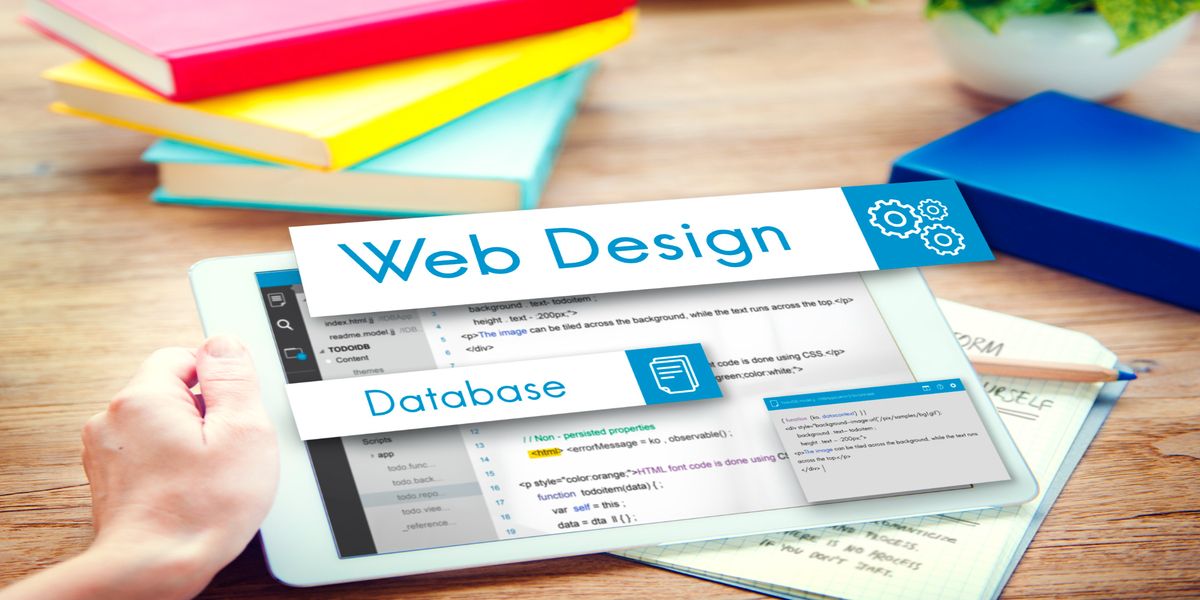Guide to Build a Small Business Website

Do you have a small business? Are you looking to get more customers? Then for you, a strong online presence isn't a luxury; it's a necessity.
Think about it for a second.
Your customers are turning to the Internet. They're discovering new brands and engaging with your competition.
If you don't have a well-functioning website, then you will lose to your competitors.
A website acts as a virtual storefront. You can
- Welcome potential customers and,
- offer them a glimpse into the products, services, and,
- Values a business has to offer.
One of the significant advantages of having a website is its ability to build credibility and trust.
It provides a platform to display
- Testimonials,
- Customer reviews, and,
- case studies.
All of this contributes to reinforcing the brand's reputation.
Today, you'll learn about:
- Benefits of having a website for small businesses,
- How a website can expand reach,
- Enhance brand credibility,
- Foster growth, and,
- Gain a competitive edge.
By understanding the pivotal role of a well-optimized website, small businesses can unlock their true potential and thrive in the ever-evolving digital landscape.
Planning Your Business Website
1) Define Your Goals
Before diving into website development, clarify the primary objectives you wish to achieve. Whether it's to
a) showcase products,
b) offer services, or,
c) drive sales.
Having a clear vision of your website's purpose will guide the entire development process.
2) Identify Your Target Audience
This is key to creating a website that resonates with them. Conduct thorough market research to grasp their needs, preferences, and pain points.
Tailor your website to meet their expectations.
You will increase the chances of engaging and converting visitors into loyal customers.
3) Choose an Appropriate Domain Name
Your domain name is your digital address, so choose wisely. Make it simple, memorable, and reflective of your brand identity. Use relevant keywords to improve search engine visibility.
4) Select a Reliable Web Hosting Provider
A robust and reliable web hosting provider ensures your website is accessible to users at all times. Consider factors like server performance, security features, and customer support when making your choice.
5) Design a User-Friendly Layout
A clean and intuitive website design enhances user experience. Ensure easy navigation, clear call-to-action buttons, and visually appealing aesthetics. Remember, simplicity often triumphs over complexity.
6) Mobile Responsiveness
A mobile-responsive website is no longer an option; it's a necessity.
More than 80% of people web surf via their smartphones
Ensure your website adapts seamlessly to various screen sizes, offering users a smooth experience across devices.
7) Compelling Content
Content is king, so create engaging and valuable content that speaks directly to your audience. Include captivating visuals, informative product/service descriptions, and persuasive calls to action to keep visitors engaged and encourage action.
8) Implement SEO Strategies
Optimize your website for search engines. This helps to improve its ranking and visibility. Conduct keyword research, use meta tags, and create relevant and shareable content to attract organic traffic.
9) Integrate Social Media
Social media integration enables easy sharing and fosters a sense of community. Link your website to your social media profiles, allowing users to connect and engage with your brand on different platforms.
10) Test and Iterate
Before launching, thoroughly test your website for functionality, compatibility, and speed. Gather feedback from beta users and be open to making improvements based on their input. Continuous iterations will ensure your website evolves with your business needs and user preferences.
Choosing the Right Website Development Platform
1) Explore Website Builders
Investigate popular website builders such as
- WordPress,
- Wix, and,
- Squarespace.
This helps in finding the one that best aligns with your business needs. Consider factors like ease of use, available features, and scalability.
2) Evaluate Customization Options
Decide whether to use pre-designed templates or opt for a custom website design. Templates offer convenience and time efficiency, while custom designs provide uniqueness and better alignment with your brand identity.
3) Scalability and Flexibility
Anticipate future growth when choosing a platform. Ensure that the selected platform can accommodate your business's expansion and evolving requirements without constraints.
4) E-Commerce Integration
If you plan to sell products or services online, check whether the platform supports seamless e-commerce integration. Look for features such as secure payment gateways, inventory management, and shipping options.
5) SEO and Analytics
An SEO-friendly website is crucial for attracting organic traffic. Choose a platform that allows easy integration of SEO plugins and analytics tools to monitor your website's performance and make data-driven decisions.
Designing Your Small Business Website
1) Optimal User Experience
Prioritize a user-friendly design that caters to your target audience's preferences. Implement responsive design to ensure your website adapts flawlessly to various devices, guaranteeing a positive user experience.
2) Intuitive Navigation
Simplify website navigation by using clear menus and well-organized content. Ensure visitors can find what they're looking for with minimal effort and clicks.
3) Visually Appealing Elements
- High-quality visuals,
- Captivating images, and,
- Compelling graphics.
Create an engaging and visually appealing website.
The balance between aesthetics and functionality is a must.
4) Branding and Consistency
Infuse your website with your brand's personality, colors, logo, and tone of voice. Consistency in branding across all digital touchpoints reinforces brand identity and fosters brand recognition.
5) Call-to-Action (CTA)
Incorporate effective CTAs strategically throughout your website to prompt visitors to take desired actions, such as making a purchase, subscribing to a newsletter, or contacting your business.
6) Accessibility
Use alt text for images, provide transcripts for multimedia content, and adhere to accessibility guidelines.
7) Performance Optimization
Optimize website performance by compressing images, leveraging caching, and minifying CSS and JavaScript files.
8) Test Across Devices
Test your website on various devices and browsers to identify and address any compatibility issues. Aim for a consistent and seamless experience regardless of the device used to access your site.
9) Mobile Responsiveness
With the increasing number of mobile users, prioritize mobile responsiveness to cater to this growing audience. A mobile-friendly website is vital for capturing potential customers on the go.
10) User Feedback
Encourage user feedback and listen to your audience's suggestions for improvement. Use this valuable feedback to enhance your website's design and functionality continuously.
Conclusion
Implementing SEO strategies and optimizing for mobile and local searches further enhances visibility and attracts potential customers.
A well-designed website not only showcases products and services but also builds credibility and trust among visitors. It serves as a virtual storefront that operates 24/7, allowing businesses to reach a broader audience and tap into new markets.
To embark on this transformative journey, consider partnering with a reputable web development company and hiring skilled web developers or dedicated PHP developers.
Hyperlink InfoSystem - Most Trusted End-to-End development Solution Provider.
Write For Us





